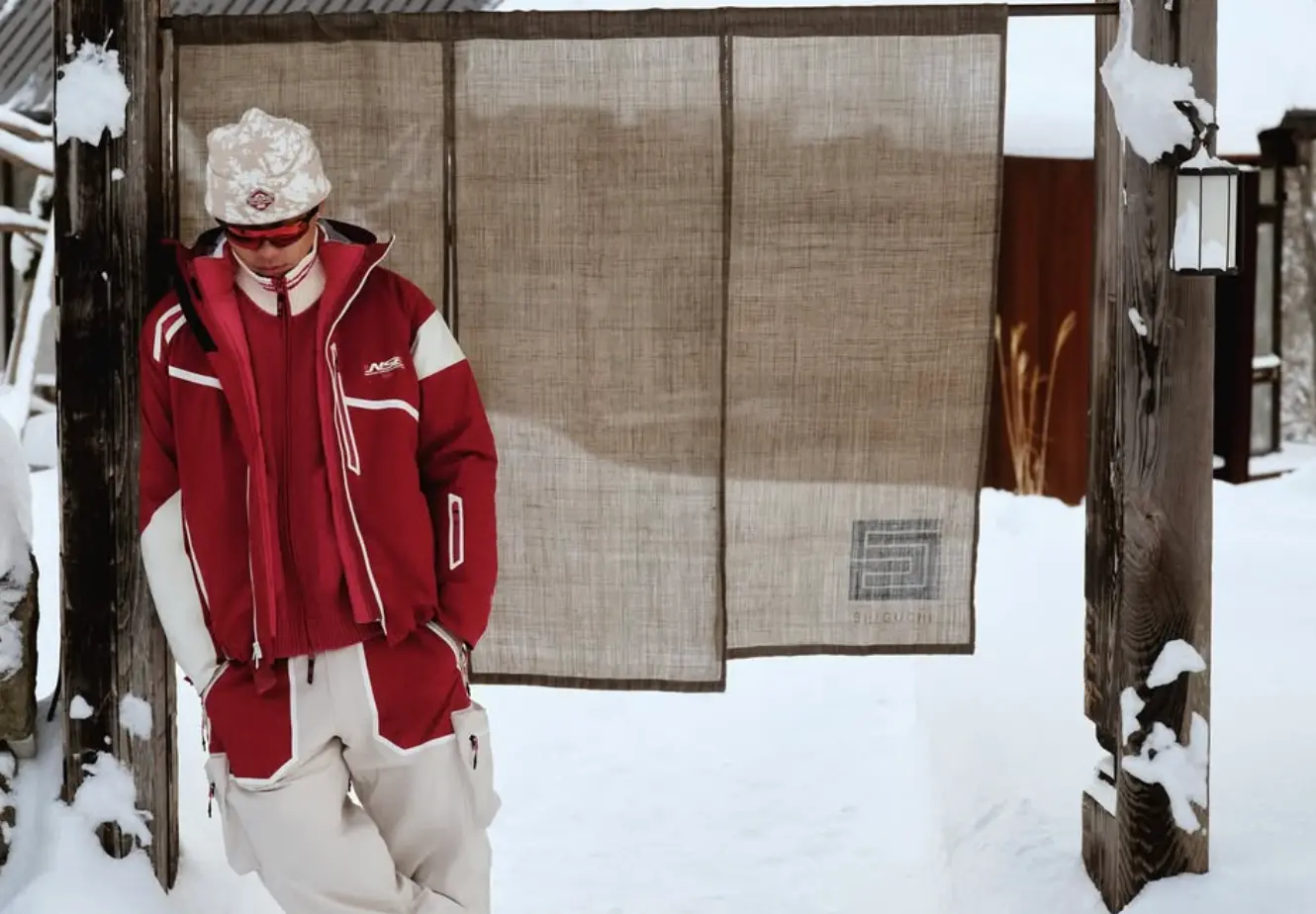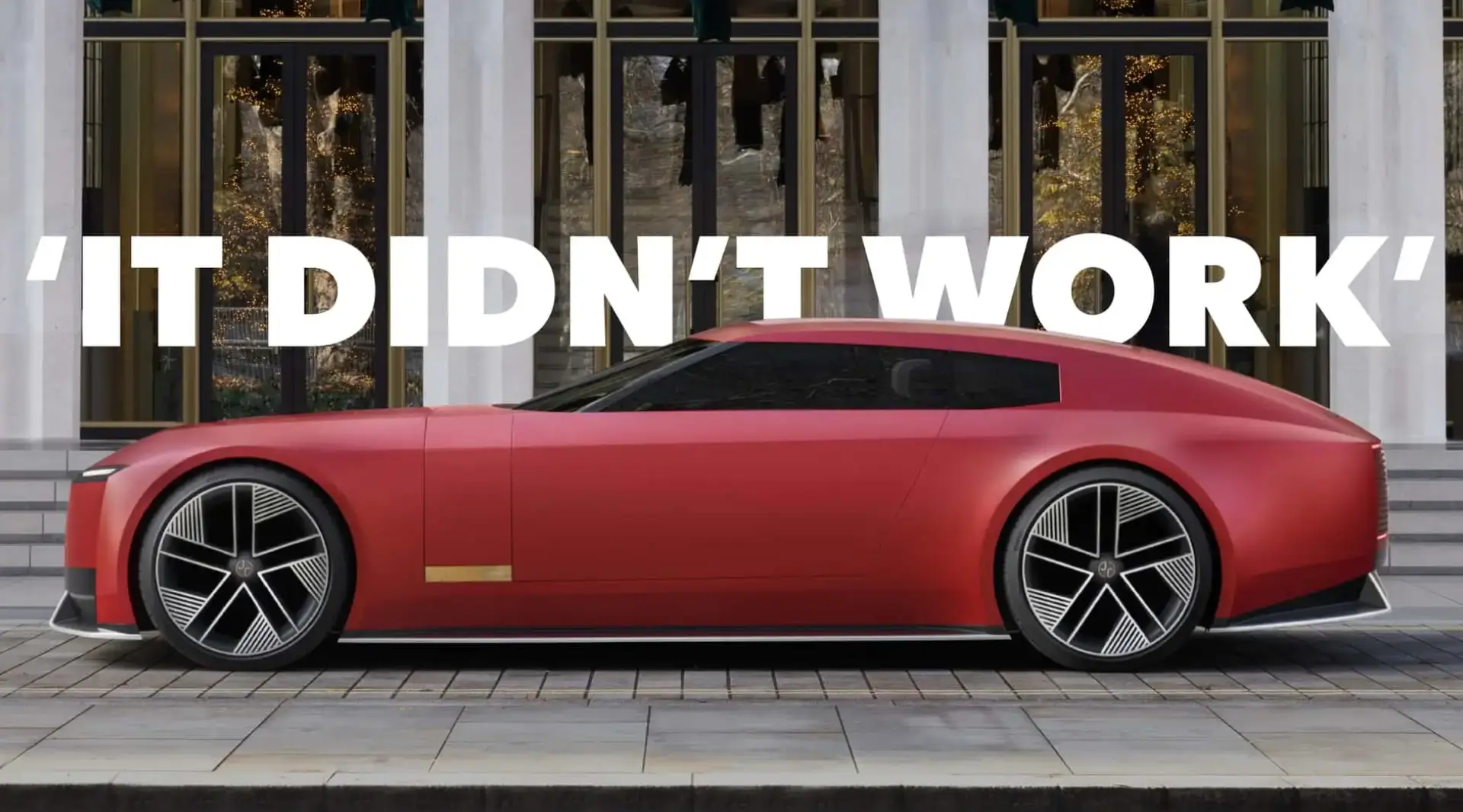Create more, compromise less: the new standard in branded videos
Updated on
Published on

There’s no shortage of demand for video content. Whether it’s YouTube shorts, social reels, or product explainers, video has become the sharpest edge in any brand’s content strategy. But as brands scale their output across platforms, markets, and creators, a new challenge emerges: how do you keep the quality high when your volume increases?
For creative teams, it’s the ultimate balancing act—producing more without losing the precision, voice, and visual integrity that made the brand stand out in the first place.
Let’s explore how to scale branded video content without compromising on what matters most.

Quantity is not the enemy—friction is
The first step in scaling content effectively is understanding that high volume doesn’t necessarily equal low quality. The real issue is friction.
Friction happens when your creative workflow isn’t set up to handle scale—when teams work in silos, processes are inconsistent, or brand assets are scattered across platforms. Without the right systems, even the most talented creators can’t operate at their best.
To reduce friction, start by auditing your workflow. Where do delays typically occur? Are approvals eating up time? Are assets being recreated instead of reused? Small inefficiencies compound at scale, so identifying these bottlenecks is key.
Build a scalable visual language
One of the biggest threats to brand consistency is having too many hands on the creative wheel. When different creators interpret the brand differently, quality suffers—even if the technical production is flawless.
The antidote is a visual language that’s easy to understand and harder to misinterpret. This goes beyond color palettes and fonts. It includes framing preferences, tone, transitions, typography used in video, pacing, and even voiceover style.
Create brand video guidelines that are more than a style guide—think of them as a living playbook. The more context and examples you give, the easier it is for freelance editors or distributed teams to replicate the brand’s signature look and feel without second-guessing.
Templates are your best creative investment
Contrary to popular belief, templates don’t kill creativity—they unlock it. When scaling content, templates act as creative shortcuts that maintain structure while allowing room for expression.
Whether it’s intro/outro animations, lower-thirds, or social-first formats (like 9:16 reels), pre-built templates ensure visual cohesion across your content library. More importantly, they speed up production without requiring creators to reinvent the wheel every time.
Combine this with modular editing approaches—breaking content into reusable parts like intros, testimonials, and product shots—and suddenly, scale becomes much more manageable.
Delegate better, not just more
Scaling video means involving more people in the process—but delegation without direction leads to misalignment.
The key is strategic delegation. Identify the high-skill, high-impact stages that need in-house attention—such as narrative framing, brand voice, or strategic messaging. Then outsource executional tasks that don’t compromise creative integrity, like format adaptation or subtitling.
Use cloud-based collaboration tools to keep visibility high. With centralized feedback and real-time versioning, creative control doesn’t have to mean micromanagement.
Quality lives in post
No matter how tight your shooting schedule or how many videos you’re churning out, post-production is where good content becomes great. It’s also where a lot of brands lose steam when trying to scale.
Systematize your post-production process with clear checkpoints: rough cut, brand review, legal/compliance, and final polish. Build in time for creative breathing room, especially if you're working with multiple editors.
And while we’re here—let’s talk about consistency. Small visual elements like LUTs, motion presets, and branded overlays play an outsized role in making content feel cohesive. They allow for subtle but powerful alignment across projects, even when different people are doing the work.

Think platform-first, not just brand-first
Different platforms reward different behaviors. What works on YouTube might fall flat on TikTok. Scaling branded content isn’t about copy-pasting the same video across platforms—it’s about tailoring your message without diluting your identity.
The solution is twofold: plan for multi-platform use at the script stage, and empower creators with clear guardrails. Give them the “why” behind each piece so they can adapt authentically without losing sight of the bigger picture.
This also means investing in formats that work well in volume—like short-form series, educational clips, or social proof testimonials. These lend themselves well to templating and rapid adaptation.
Train your creative engine
Even the best systems fail without the right people. Scaling isn’t just a process problem—it’s a people one. As your video output grows, so should your creative culture.
Onboard freelancers and new team members with the same care you’d give to full-time hires. Share your brand philosophy, show examples of great work, and make your expectations transparent. The more context they have, the better their output.
And don’t forget to gather feedback from the creators themselves. They’ll spot inefficiencies before anyone else and can often suggest solutions you hadn’t considered.
Final thoughts
Scaling branded video content doesn’t mean settling for “good enough.” With the right structure, tools, and creative direction, you can grow your output while holding your quality line—or even pushing it higher.
It’s not about cutting corners—it’s about cutting clutter. When your creative eco-system is built for scale, the focus shifts back to what really matters: making content that resonates, performs, and proudly carries your brand forward.







